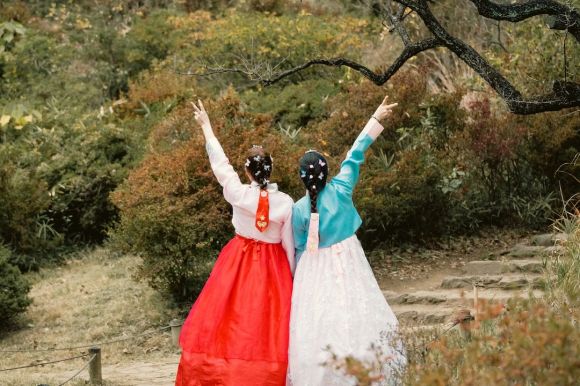Traditional costumes hold a significant place in the cultural heritage of various societies around the world. These costumes reflect the history, values, and beliefs of a particular community, and are often passed down through generations. In this article, we will explore the cultural significance of traditional costumes and the role they play in preserving and celebrating cultural identity.
Preserving Cultural Heritage
Traditional costumes serve as a visual representation of a community’s cultural heritage. They embody the traditions, customs, and values that have been upheld by the community for centuries. By wearing traditional costumes, individuals show their connection to their roots and their commitment to preserving their cultural heritage. These costumes are often made using techniques and materials that have been used for generations, ensuring that the knowledge and skills associated with their creation are passed down through the years.
Symbolism and Identity
Traditional costumes are often rich in symbolism, representing various aspects of a community’s identity. Colors, patterns, and motifs used in these costumes may hold specific meanings that reflect the community’s values, beliefs, and history. For example, in some cultures, certain colors may symbolize fertility, while others may represent bravery or spirituality. By wearing these costumes, individuals express their affiliation with a particular community and proudly showcase their cultural identity.
Celebration and Festivals
Traditional costumes play a central role in cultural celebrations and festivals. These costumes are often worn during special occasions such as weddings, religious ceremonies, and traditional festivals. They are an integral part of the festivities, adding to the overall ambiance and creating a sense of unity and belonging. During these events, traditional costumes become a visual spectacle, allowing individuals to showcase their cultural pride and share their heritage with others.
Revival and Reconnection
In some cases, traditional costumes have experienced a decline in popularity over the years. However, there has been a recent resurgence in interest and appreciation for these costumes as communities seek to reconnect with their cultural roots. This revival often involves researching and documenting traditional costume designs, as well as reintroducing them into modern fashion and design. By embracing traditional costumes, communities are able to reclaim their cultural identity and celebrate their heritage in a contemporary context.
Global Exchange and Cultural Appreciation
Traditional costumes have transcended geographical boundaries and have become a source of fascination and appreciation in the global community. Through cultural exchange and globalization, traditional costumes have gained recognition worldwide, and individuals from different cultures are now embracing and incorporating elements of these costumes into their own fashion and design. This global appreciation not only promotes cultural diversity and understanding but also serves as a means of preserving and celebrating traditional costumes for future generations.
Conclusion
Traditional costumes hold immense cultural significance as they preserve heritage, symbolize identity, and play a crucial role in celebrations and festivals. They serve as a visual representation of a community’s history, values, and beliefs, allowing individuals to proudly showcase their cultural identity. The revival and global appreciation of traditional costumes further contribute to the preservation and celebration of cultural diversity. As we continue to embrace and appreciate traditional costumes, we ensure that these cultural treasures are passed on to future generations, keeping our cultural heritage alive.
